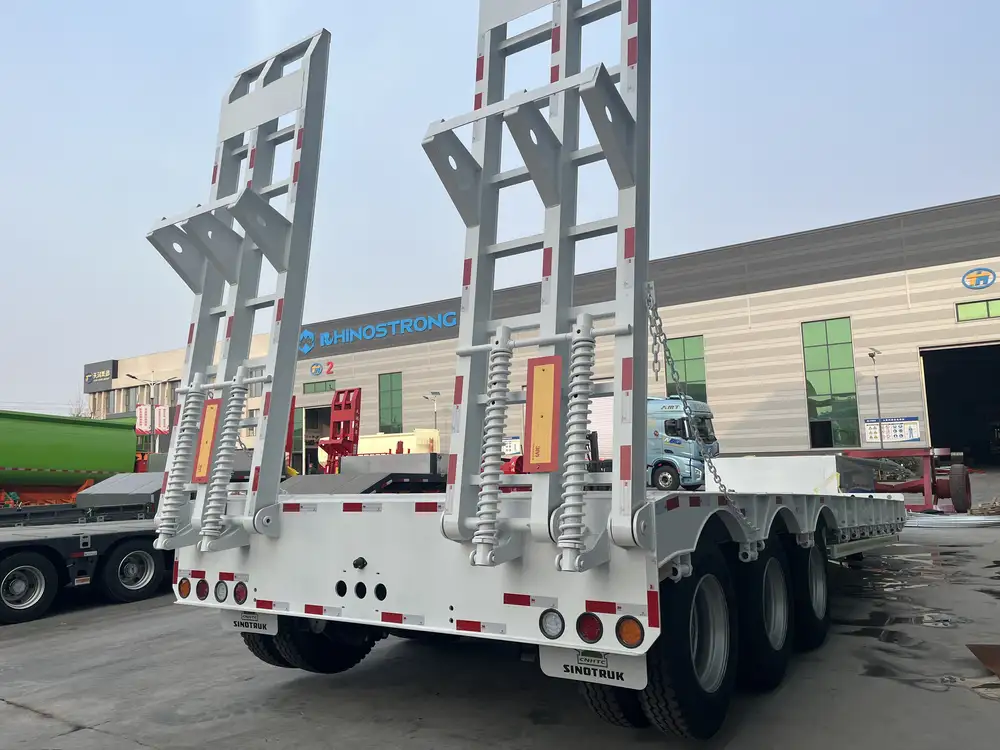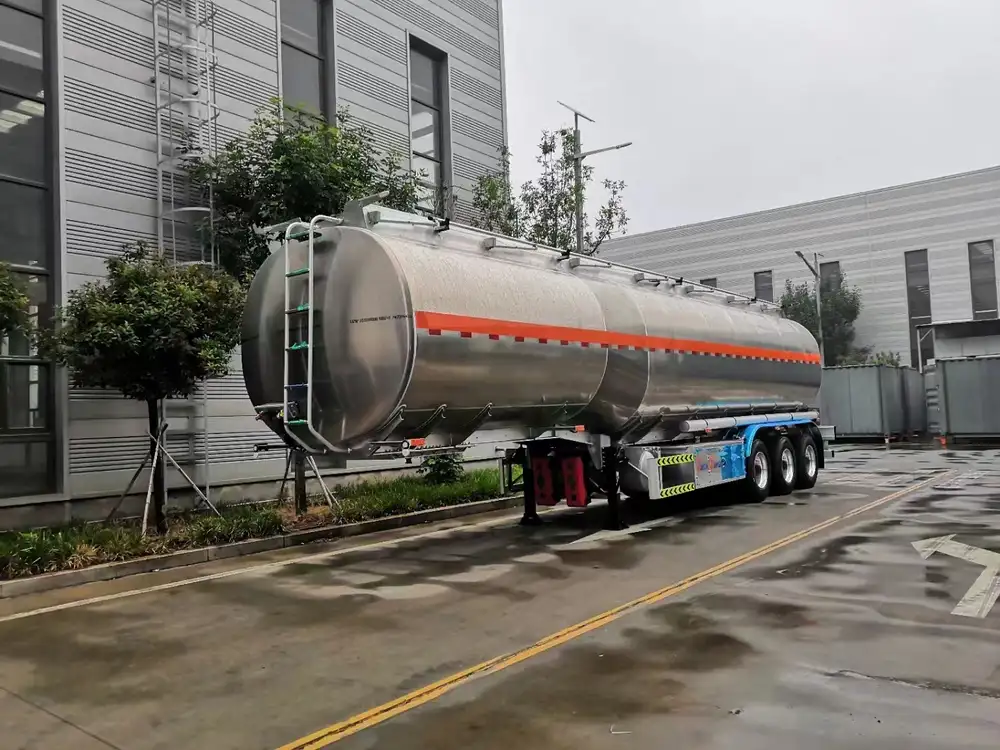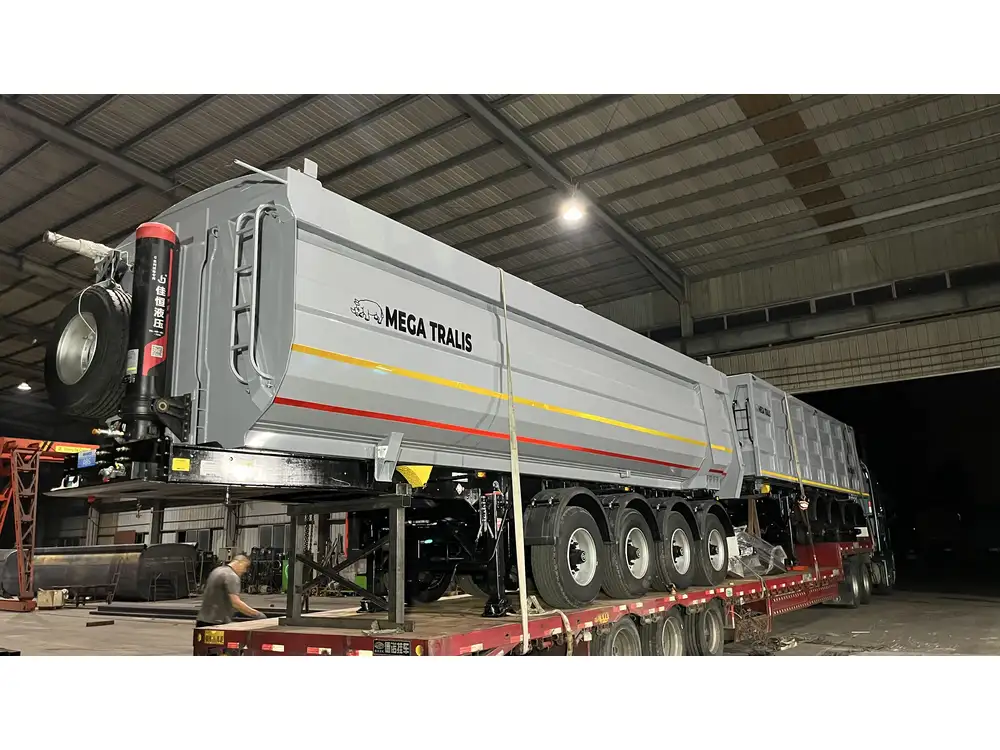When it comes to transporting liquids, be it fuel, chemicals, or food products, tanker trucks play an indispensable role in logistics and supply chains. Understanding the capacities of these vehicles, particularly how many gallons they can hold, is crucial for businesses that rely on such transportation methods. In this article, we provide a comprehensive analysis of tanker trucks, including their types, capacities, and the factors influencing their designs.
Types of Tanker Trucks and Their Capacities
1. Standard Tankers
Standard tankers are the most commonly used for transporting liquids over long distances. These trucks are typically designed with a cylindrical shape that facilitates loading and unloading.
- Capacity Range: The capacity of standard tanker trucks usually ranges from 5,000 to 11,600 gallons.

2. Fuel Tankers
Fuel tankers are specialized vehicles that transport petroleum products, such as gasoline, diesel, and jet fuel.
- Capacity Range: Most fuel tankers have a capacity ranging from 5,000 to 11,000 gallons, depending on the vehicle’s design and the regulations governing fuel transportation in different jurisdictions.
3. Chemical Tankers
Chemical tankers are specifically designed to carry hazardous materials, requiring special safety features and designs.
- Capacity Range: These tankers can hold anywhere from 5,000 to 9,000 gallons, but configurations can vary based on the nature of the chemicals.
4. Food Grade Tankers
Food grade tankers are employed to transport consumable liquids like milk, juice, and other beverages. They are constructed using materials that meet food safety standards.
- Capacity Range: Food grade tankers typically have a capacity of about 5,000 to 6,000 gallons.

5. Tankers for Specialized Products
There are also tankers designed for niche markets, including asphalt tankers, which carry heavy viscous materials.
- Capacity Range: These specialized tankers can vary widely in capacity based on the manufactural requirements, reaching around 6,000 to 12,000 gallons or more.
| Truck Type | Typical Capacity (Gallons) |
|---|---|
| Standard Tankers | 5,000 – 11,600 |
| Fuel Tankers | 5,000 – 11,000 |
| Chemical Tankers | 5,000 – 9,000 |
| Food Grade Tankers | 5,000 – 6,000 |
| Specialized Tankers | 6,000 – 12,000+ |
Factors Influencing Tanker Truck Capacities
1. Regulatory Standards
Regulations governing the transport of liquids, especially hazardous materials, dictate specific design aspects of tanker trucks. Compliance with safety regulations often requires modifications to standard designs, affecting overall capacity.

2. Material of Construction
The materials used in the construction of a tanker truck have substantial implications for its weight and capacity. Aluminum vs. stainless steel are common comparisons, where aluminum allows for increased payload due to its lighter weight, whereas stainless steel is crucial for food products due to its non-reactive nature.
3. Vehicle Size
The chassis and overall size of the tanker truck inherently limit its capacity. Longer trucks can accommodate larger tanks, but regulations regarding length and weight limits on public roads do impose restrictions.
4. Purpose of Transport
The specific application of the tanker truck often influences its design. For example, tanker trucks intended for fuel transport may be built differently than those used for potable water or chemicals, resulting in variations in size and capacity.

How to Calculate the Payload Capacity of a Tanker Truck
Understanding the payload capacity of a tanker involves several factors. Here’s a step-by-step breakdown:
Tanker Dimensions: To calculate the overall volume in gallons, determine the length, diameter, and shape of the tanker.
- Volume Formula for a Cylinder: [ V = \pi r^2 h ] where:
- ( V ) = volume in cubic feet
- ( r ) = radius of the tank (in feet)
- ( h ) = height or length of the tank (in feet)
Conversion to Gallons: Once you have the volume in cubic feet, convert to gallons by multiplying by the conversion factor (1 cubic foot = 7.48 gallons).
Weight Considerations: Always factor in the weight of the liquid being transported, as larger volumes may exceed legal weight limits for road transport.
Regulatory Constraints: Confirm compliance with local laws and regulations, which can cap both the weight and height of tanker trucks on the road.
Example Calculation:
Suppose a tanker truck has a diameter of 8 feet and a length of 40 feet.
- Radius (r) = 4 feet
- Volume (V) = π(4^2)(40) = 2010.61 cubic feet
- Gallons = 2010.61 cubic feet * 7.48 = 15,000 gallons approximately
Comparative Analysis of Tanker Types
When selecting a tanker truck, it is essential to consider various aspects based on the specific needs of your operation. Below is a comparative analysis to aid decision-making.
| Aspect | Standard Tanker | Fuel Tanker | Chemical Tanker | Food Grade Tanker | Specialized Tanker |
|---|---|---|---|---|---|
| Typical Capacity | 5,000 – 11,600 | 5,000 – 11,000 | 5,000 – 9,000 | 5,000 – 6,000 | 6,000 – 12,000+ |
| Regulatory Standards | Moderate | High | Very High | High | Varies |
| Material | Aluminum or Steel | Aluminum | Stainless Steel | Food-Grade Stainless | Varies |
| Common Uses | General Liquids | Fuels | Hazardous Chemicals | Beverages | Asphalt and More |

Key Considerations for Businesses Using Tanker Trucks
1. Safety Standards and Compliance
Adhering to safety regulations is paramount. Each type of tanker truck will have specific safety protocols regarding loading, unloading, and operational guidelines that must be followed to avoid accidents and legal ramifications.
2. Training for Drivers
It is essential to have well-trained drivers who understand the intricacies of handling tanker trucks, including understanding weight distribution, liquid slosh dynamics, and emergency protocols should an accident occur.

3. Maintenance Protocols
Regular checks and maintenance of the tanker trucks ensure their integrity and reliability, particularly for those carrying hazardous materials. Scheduled inspections and adherence to manufacturer guidelines can help prevent leaks or malfunctions.
4. Insurance Considerations
Due to the intrinsic risks associated with transporting liquids, securing adequate insurance coverage is vital. This coverage should be commensurate with the tanker’s load, the materials being transported, and the transportation routes.
Conclusion
In conclusion, understanding how many gallons a tanker truck can hold is crucial for logistics operations that involve the transport of liquids. The capacity is influenced by various factors including the type of tanker, regulatory requirements, and the specific liquids being transported. By comprehensively analyzing these elements, businesses can optimize their operations and ensure compliance with safety standards.
By using the information provided in this article, operators can make informed decisions about their tanker trucks, maximizing efficiency while minimizing risks associated with transporting vast volumes of liquid. Understanding this fundamental aspect of tanker operations is not just about knowing capacity but is a window into the complexities of liquid transport on our roads.



